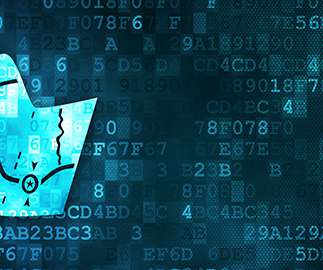How a Risk Maturity Model Can Increase Your Company’s Resilience
MHA Consulting
APRIL 20, 2023
In today’s post, we’ll look at how such a model can help an organization understand its risks, mitigate the risks that threaten its core services, and integrate business continuity with enterprise risk management, thus boosting resilience overall. What Is a Risk Maturity Model?














Let's personalize your content